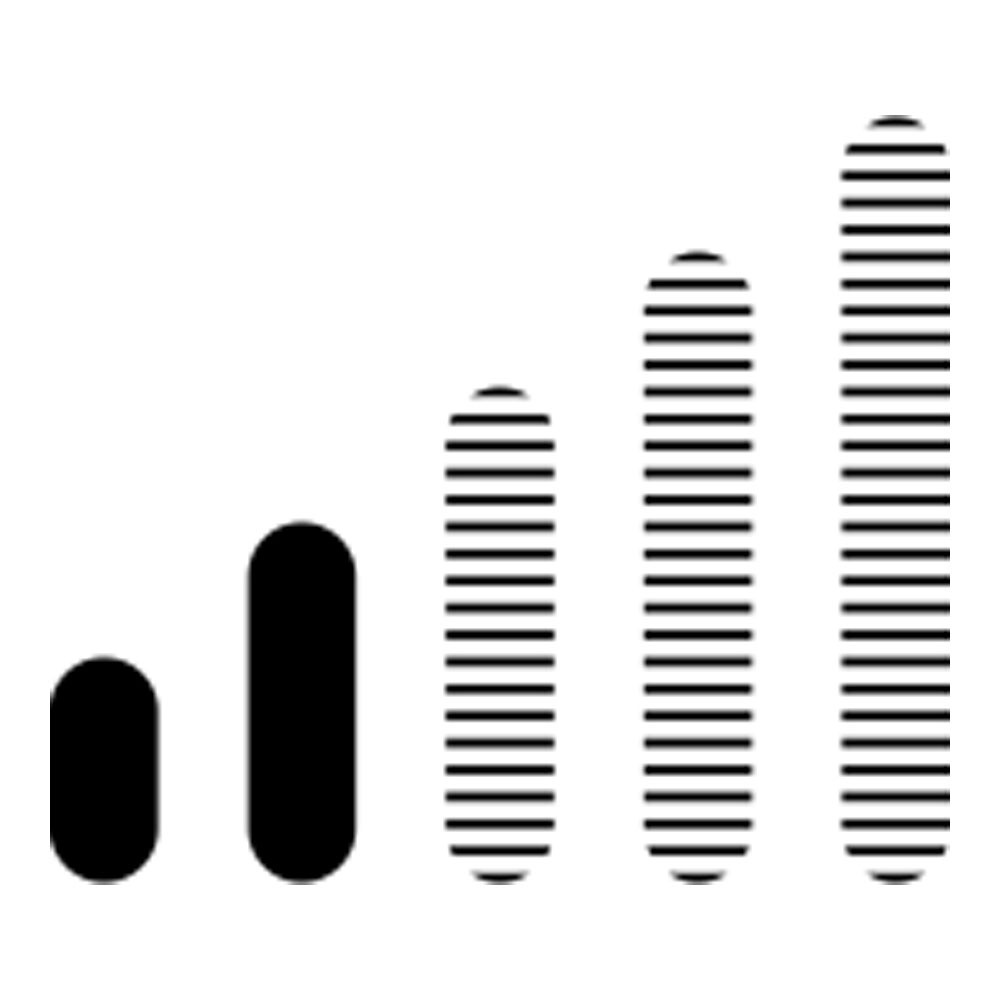
September 12, 2020; WNYT-TV and One Zero
Right now, success in school, no matter what grade level, depends as much on access to high-speed internet as it does brick-and-mortar buildings. Parents, teachers, students, and school administrations rely upon broadband connection. Unfortunately, some households cannot afford it, and some communities don’t even have it.
During the spring, when schools nationwide closed due to the pandemic and moved to a last-minute patchwork of online classes, everyone hoped it would be temporary. This past June, NPQ reported on Mississippi’s approval of cooperatives working to bring broadband to the state’s farmers and ranchers. That’s a better answer than parking outside community libraries to access the internet, as some people had to do. In Savannah, Georgia, ten buses have been equipped with hotspots and park in different spots, morning and afternoons, as a kind of “Wi-Fi on Wheels.” Those buses serve 38,000 students in a well-populated district.
Up the East Coast in New York, Governor Andrew Cuomo says his state’s broadband accessibility is nearly 100 percent. He can say that because of Form 477, the inefficient and obfuscatory method the Federal Communications Commission (FCC) uses to calculate that number. Form 477 requires internet service providers (ISPs) to self-report access numbers for the locations they serve. They report that 87 percent of rural communities are served—while 99 percent of urban areas are served. But this method leaves the count in doubt; it reports the communities served, not the individuals, so ISPs claim to serve the “population of an entire census block if service is provided to just one household in that block.”
Sign up for our free newsletters
Subscribe to NPQ's newsletters to have our top stories delivered directly to your inbox.
By signing up, you agree to our privacy policy and terms of use, and to receive messages from NPQ and our partners.
The New York state senate and assembly have passed a bill—not yet signed by the governor—for the Public Service Commission to produce a map with the data of who is served. State Senator Jen Metzger from the Hudson Valley and Catskills district acknowledges the difficult road to get broadband for all. “Internet service providers are regulated at the federal level not at the state level,” she explains. “I wish they could be regulated like a utility, like electric and gas.” (The story of those who have tried to get the internet treated like a utility is a long one, and one NPQ has addressed in some detail.)
The lack of internet access intensifies the extant inequality and inequity in some communities, leaving some students behind. On top of that, the technology has its glitches, too. Zoom is not designed to handle a classful of young children as a teacher tries to mute and unmute as fast as children raise their hands. Music classes would benefit from reconfiguration for group performances, since the platform highlights single speakers and sees others as background noise. Students with learning difficulties need for their software to combine whiteboard work with videoconferencing. The algorithms have not performed well when it comes to grading students; mistakes have been made, and the use of keywords to grade can be fooled. Fast Company has some ideas about fixing these challenges, but students are in need now as the pandemic goes on.
If school districts across the US had planned for virtual classes in September, companies might have invested more time and funding. Then again, some communities have waited years for broadband.
State Senator Metzger is correct. The internet is a utility as critical as electricity, and access to the internet should be universal. Some of the changes the pandemic brought on may not be reversed: More people will work from home, and more students will continue to learn online. The focus should be on leveling the playing field for all, and access to the internet would move the needle forward.—Marian Conway











